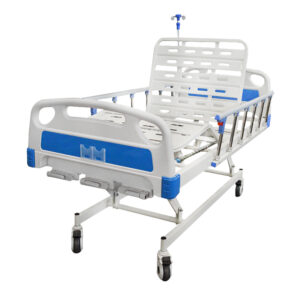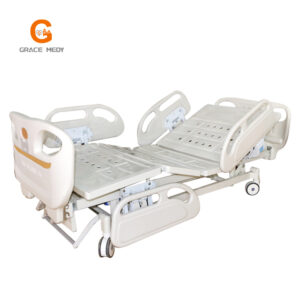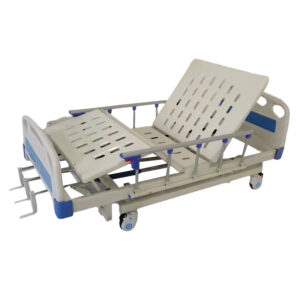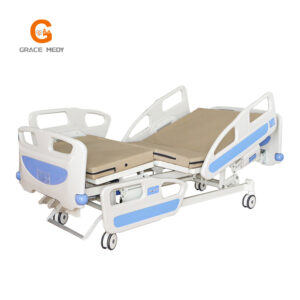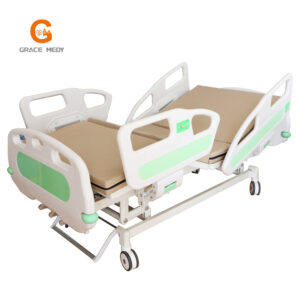Industrial 3 Crank Manual Hospital Beds | Wholesale Medical Supplier
Explore our high quality 3 crank manual hospital beds designed for patient comfort & healthcare efficiency. OEM/ODM available with bulk export services to 120+ countries worldwide.
3 Crank Manual Hospital Beds
3 Function Manual Hospital Beds | Global Medical Equipment Supplier
Why choose this 3 crank manual hospital bed?
Core advantages of 3 crank manual hospital beds
Three core functions:
Function 1: Body Position Adjustment (Backrest adjustment angle 0-75°, meeting patient feeding and turning needs, operated by a foldable, concealed ABS crank)
Function 2: Leg Adjustment (Legrest adjustment angle 0-45°, preventing pressure sores and helping patients relax their leg muscles)
Function 3: Height Adjustment (Bedside height 40-70cm, suitable for medical staff operating heights, reducing bending strain)
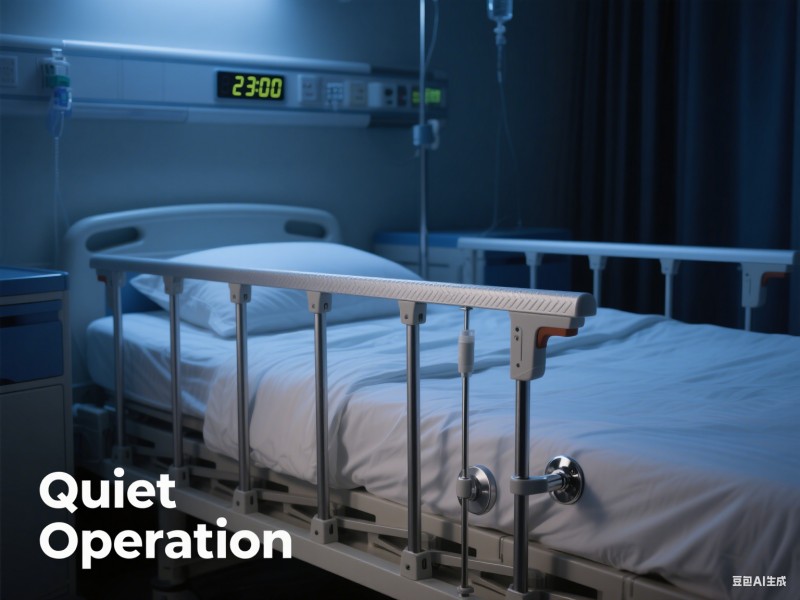
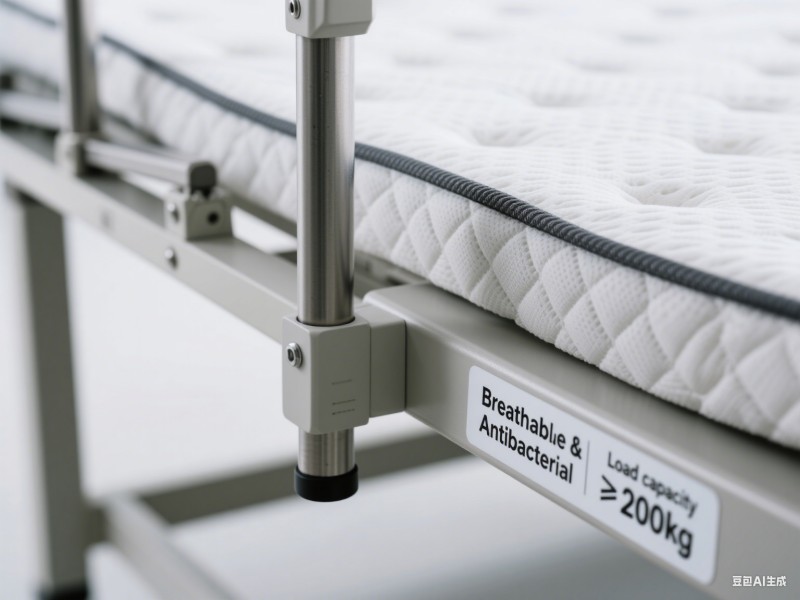
Additional Benefits
- Additional Benefits: Safe materials: The bed frame is made of medical-grade steel (rust-resistant, load-bearing capacity ≥ 200kg), and the mattress is breathable and antibacterial. Convenient
- operation: Folding crank, foot pedal, or electric button control (optional), with emergency brake.
- Patient experience: Foldable siderails, a designated IV stand port at the bedside, and a silent design (to minimize nighttime noise).
FAQ
What is the difference between 3 crank manual hospital bed and 5 function hospital bed?
A 3 crank manual hospital bed typically offers three core adjustability features: backrest elevation (to help patients sit up for eating or breathing), leg adjustment and bed height adjustment (to accommodate caregivers’ working height).
In contrast, a 5-function hospital bed includes these three functions plus two additional adjustments: trendelenburg position and reverse trendelenburg position.The extra functions make 5-function beds more versatile for complex care needs, though they are generally larger and more expensive.
How to choose between an electric and a manual hospital bed?
Electric beds are ideal for:
Settings where frequent adjustments are needed (e.g., intensive care units, rehabilitation centers).
Reducing caregiver workload (adjustments are powered by motors, requiring minimal physical effort).
Patients who may need to adjust positions independently (via hand controls).
They are more expensive upfront but offer convenience and reduce the risk of caregiver strain.
Manual beds are better suited for:
Low-frequency adjustment needs (e.g., general wards with stable patients).
Budget constraints (lower initial cost).
Areas with unreliable power supply.
They rely on hand cranks for adjustments, which require physical effort and are slower to operate.
Is customization available (e.g., bed width, color)?
Yes, Grace Medy as a manual hospital bed manufacturer offer limited customization options to meet specific needs:
Bed width: Common standard widths are 90cm or 100cm, but wider options (e.g., 120cm) may be available for bariatric patients or special requirements.
Color: While medical beds typically come in neutral tones (white, gray, beige) for hygiene and compatibility with clinical environments, we can provide custom colors for non-critical parts (e.g., bed rails) upon request.
Additional customizations may include adding IV pole holders, oxygen tank brackets, or specialized mattress materials. Note that customization may extend lead times and increase costs.

